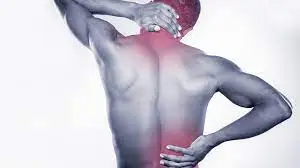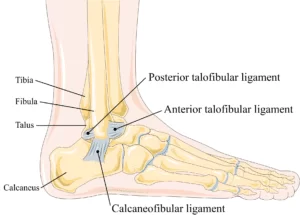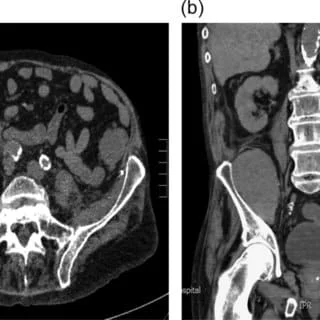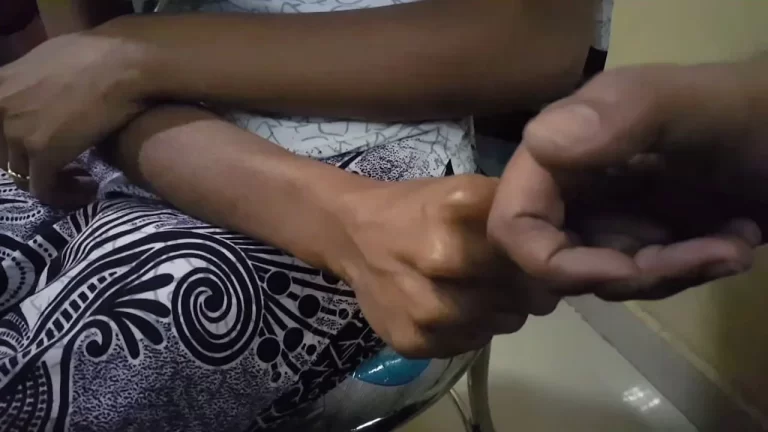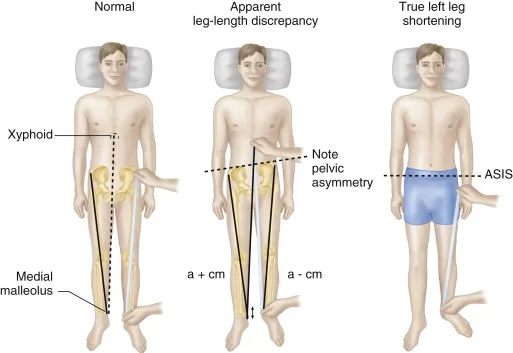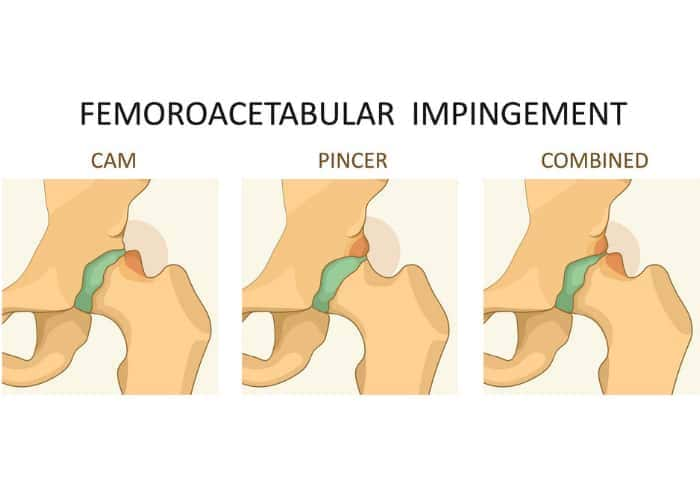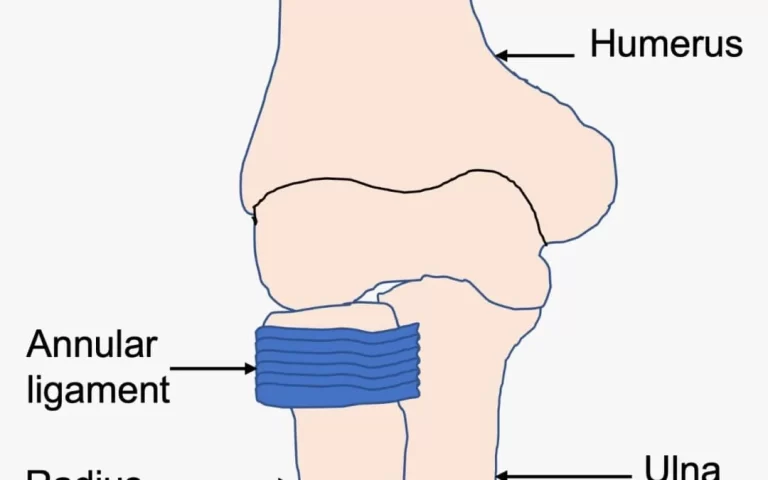Referred Pain
What is pain? In its most basic form, pain is a bundle of impulses that are carried to the brain for processing. It is compared to an alarm system that sounds to alert you and avoid harm since it is a crucial bodily process for determining whether your body is in danger. To decide whether…

